Ask any outdoor enthusiast to name a waterproof fabric and it’s fairly certain Gore-Tex will be among the top answers.
Gore-Tex has become a byword for outdoor waterproofing systems, so when this giant of the textile world brings out a new product, it’s worth taking notice.
Even more so because the new Gore-Tex is aimed squarely at that huge middle market: hillwalkers, trekkers, skiers and snowboarders. The US company brought out Gore-Tex Active four years ago. Aimed at high energy users such as runners, the Active version is lightweight and very breathable. Two years later, Gore-Tex Pro was launched, with an eye on durability for high mountain use by those guiding or on expeditions.
Now, the clunkily named Gore-Tex with Gore C-Knit backer technology is about to hit the market. For the purposes of brevity, we’ll just call it new Gore-Tex. Gore has worked with its ‘trusted partners’, including Arc’teryx, Armada, Berghaus, Burton, Dynafit, Eider, Elevenate, Haglöfs, LL Bean, Maloja, Mammut, Marmot, Millet, Montura, OR, Patagonia, Peak Performance, Quicksilver, Red Bull, Salewa, The North Face, Tierra, Trangoworld, Volcom and Ziener, to produce jackets and overtrousers that are lighter, more durable, more breathable and ultimately more comfortable for wearers.
To emphasise how important this development is, Gore took grough and a group of international journalists to the South Tyrol, a curious Alpine enclave where only the car number plates remind you you’re in Italy rather than Austria. Brixen, where the new Gore-Tex was unveiled at the International Mountain Summit, is the birthplace of the great mountaineer Reinhold Messner, the first to climb Everest without supplementary oxygen.
The picturesque town is surrounded by high Alpine mountains and is within sight of the Dolomites, so was the perfect place to put a waterproof jacket to the test – if only it would rain.
Gore’s product specialist Christian Mayer demonstrated the new backing fabric which is the really different component in the new Gore-Tex. It’s thinner, stretchier and feels silkier, giving a nice sliding feel between the waterproof shell and whatever you’re wearing underneath. It weighs just 19g per sq metre.
It has a circular-knit pattern which compares more favourably with the previous tricot backing used by Gore-Tex.
It forms one piece of a three-part laminate. Next comes Gore’s most reliable and proven ePTFE membrane, used only in the Gore-Tex product rather than the other two classes, and then the outer nylon fabric layer. Dependent on the clothing or manufacturer, this can vary in weight between a lightweight 79g to heavier 167g per sq metre.
Gore’s partners use soft and quiet face textiles and the Salewa Antelao jacket we were given to test was certainly that. Compared to a jacket that uses the older Gore-Tex fabric, it’s considerably less rustly and feels quite a bit softer.
Mayer says the new Gore-Tex has a 15 per cent increase in breathability. This is largely due to the new C-Knit backer which, with the new laminate, has a patent pending. The circular knit pattern feels much smoother than the tricot and is more flexing.
About 70 per cent of the better breathability is due to this new material, with the remaining due to developments in the laminating process, using fewer glue dots to help bind the layers together.
It has been extensively tested by mountain guides who used bi-material jackets to compare performance.
Breathability of garments using the new Gore-Tex is less than 6 on the RET scale, varying from 2.0 on lighter-weight models to 5.8 on those requiring a heavier fabric, eg snowboarding pants.
A short walk across Blixen in the rain confirmed that the Salewa jacket does indeed keep out the wet, but a 3,000ft ascent the following day to the Latzfonser Kreuz mountain hut would give a better idea of the new Gore-Tex’s capabilities.
The refuge, near the summit of one of Europe’s oldest pilgrimage routes, lies at 2,305m (7,562ft) near top of the Kassianspitze, and is run by the family of mountaineer Tamara Lunger, the youngest woman to summit the world’s fourth highest mountain Lhotse. She accompanied us on the trip, along with extrovert Californian slackliner Andy Lewis and disabled outdoor activist Felix Brunner, who uses a handbike after he fell more than 100ft while ice-climbing.
Overnight, the upper reaches of the Sarntaler Alps have been covered by 20cm of snow, but there’s no rain. So the walk was undertaken in cool, still conditions at times in sunlight, sometimes in cloud.
Initial thoughts were that the new Gore-Tex is definitely less noisy than its predecessor, and the backing feels comfortable. Normally, I wouldn’t don a waterproof jacket in such conditions. It was hard work at times rising up to the hut, and inevitably this produced a good amount of perspiration.
During stops at the two huts, the Salewa jacket had chance to transmit sweat out again and comfort was restored.
Near the Klausner Hut, someone had thoughtfully strung a couple of slacklines between two trees so Lewis could demonstrate his remarkable balancing skills. There was a chance to have a go; I passed.
Up at the Latzfonser Kreuz refuge, the temperature had dropped to 4C so the goulash and dumplings were a welcome sight. But it’s not every day you’re served lunch by a top 8,000m mountain summiteer who then loads the dishwasher. Meal over, Tamara gave the gathering an insight into her spiritual outlook on climbing and her rebellious teen years as well as a tumultuous attempt on Manaslu with Simone Moro.
Back out on the mountain, the cloud had come in, the temperature had dropped below zero and there was a little graupel-ish snow falling. The new Gore-Tex jacket kept out the wind and snow and, as we descended, it was exactly the jacket for the conditions.
You’re going to see quite a lot of Gore-Tex with Gore C-Knit backer technology in the future, judging by the number of brands that Gore are working with.
The company is also keen to push the green credentials of the fabric, with designs to last longer being the aim. It stands to reason that clothing that is less durable means outdoor enthusiasts have to replace it more often, which is not good for the planet.
We’ll be putting the Salewa jacket to an extended test in the near future to see how it compares, but first impressions are that you’ll be rustling less and perhaps feeling a little less sweaty in Gore-Tex with Gore C-Knit backer technology. And it does feel nice and silky on the inside. We just wish someone had come up with a snappier name.
grough travelled to Brixen, Italy, courtesy of Gore-Tex and the International Mountain Summit.
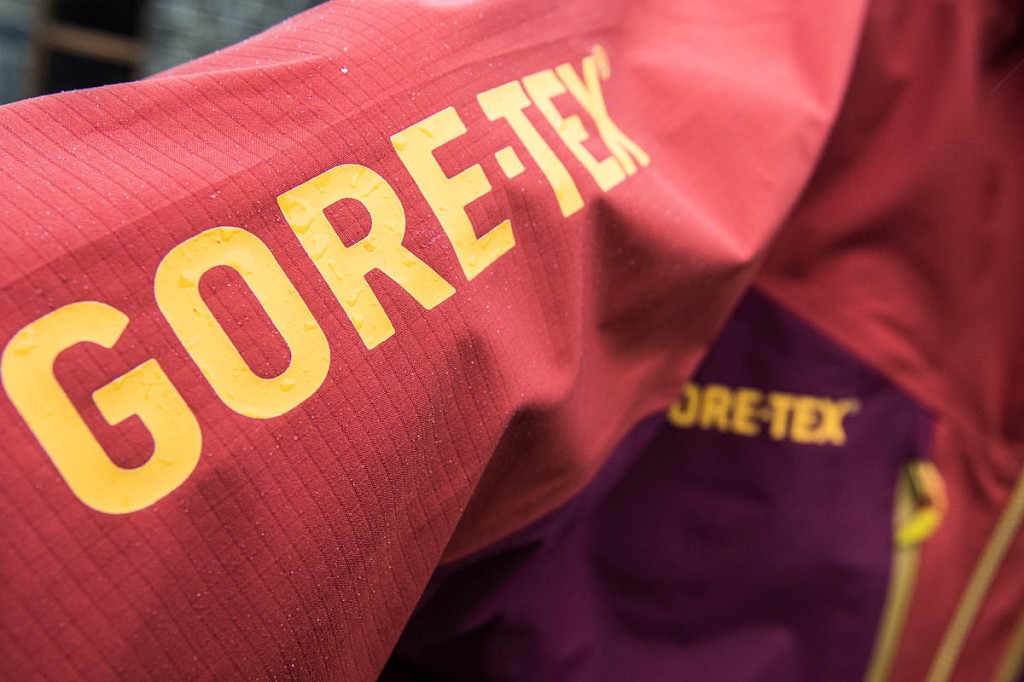
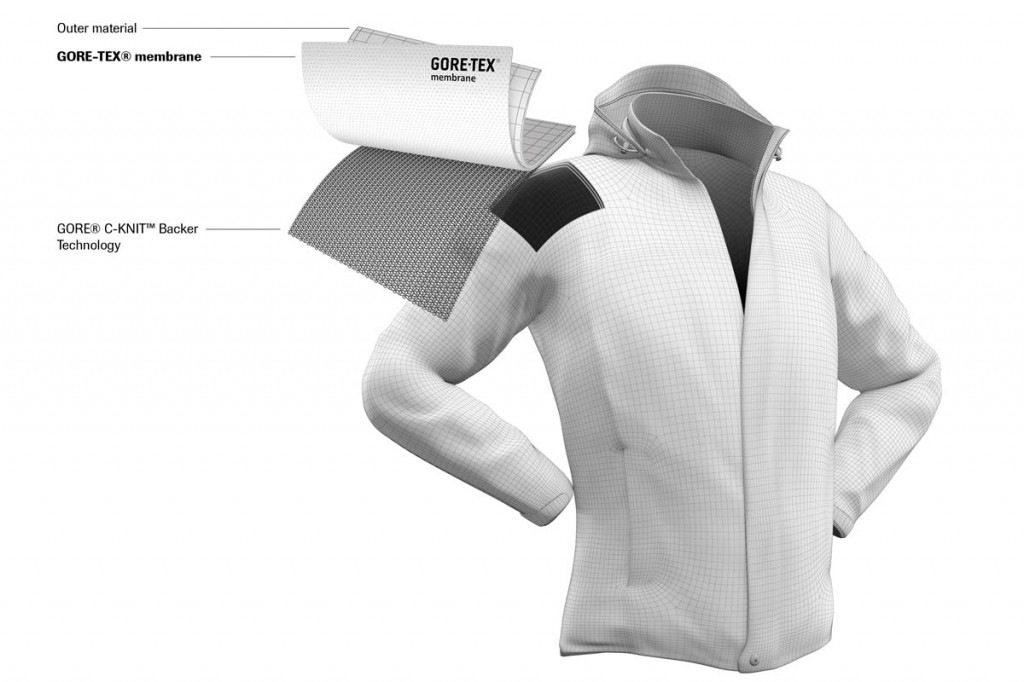

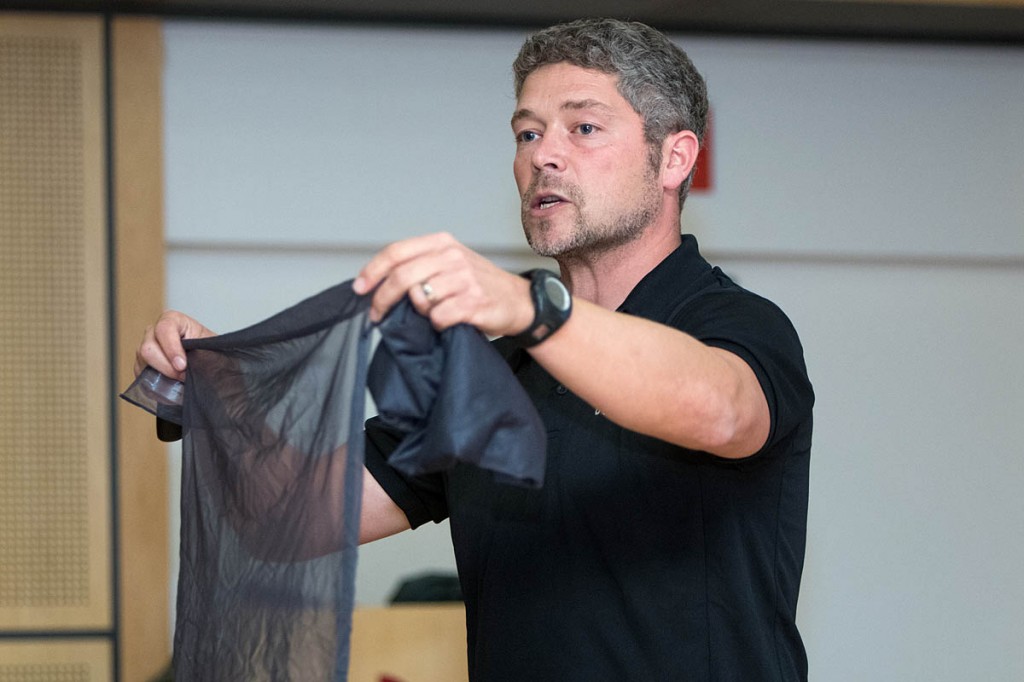
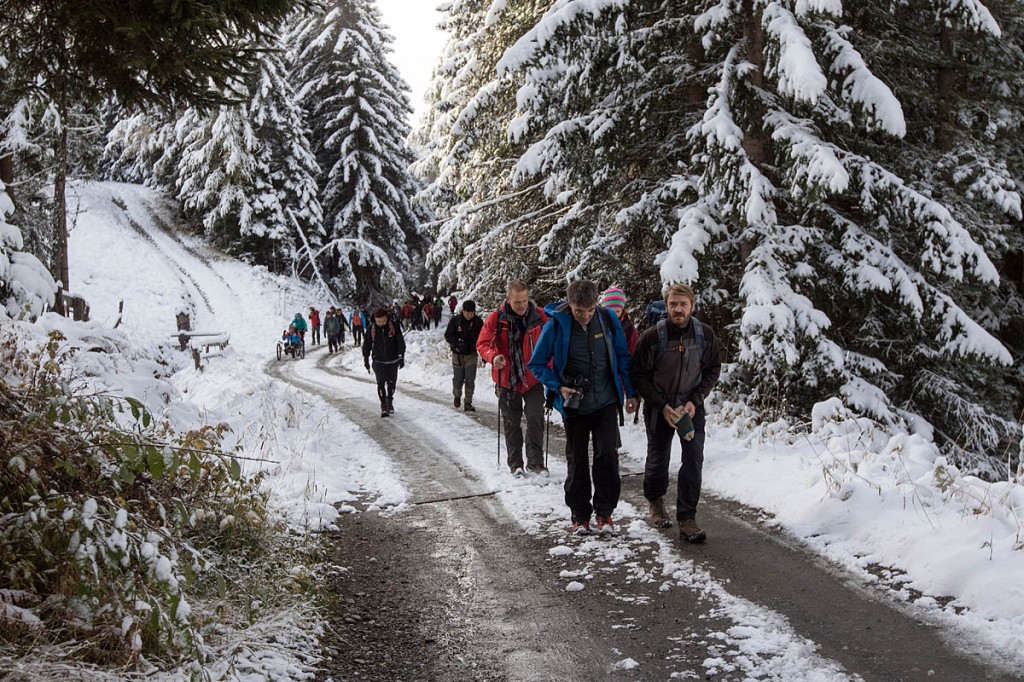
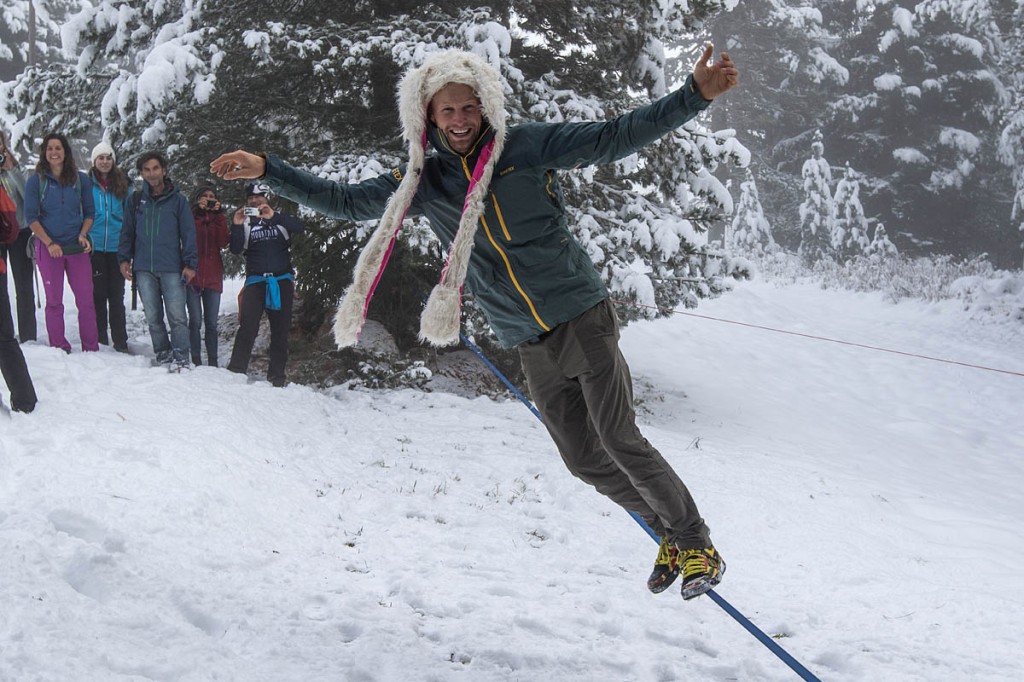
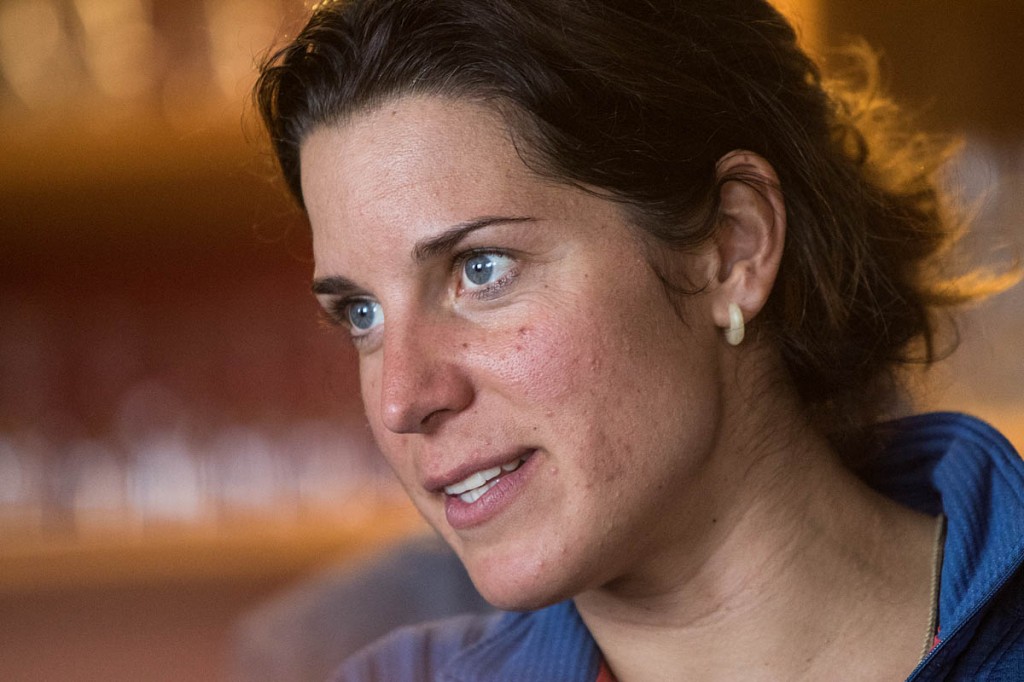
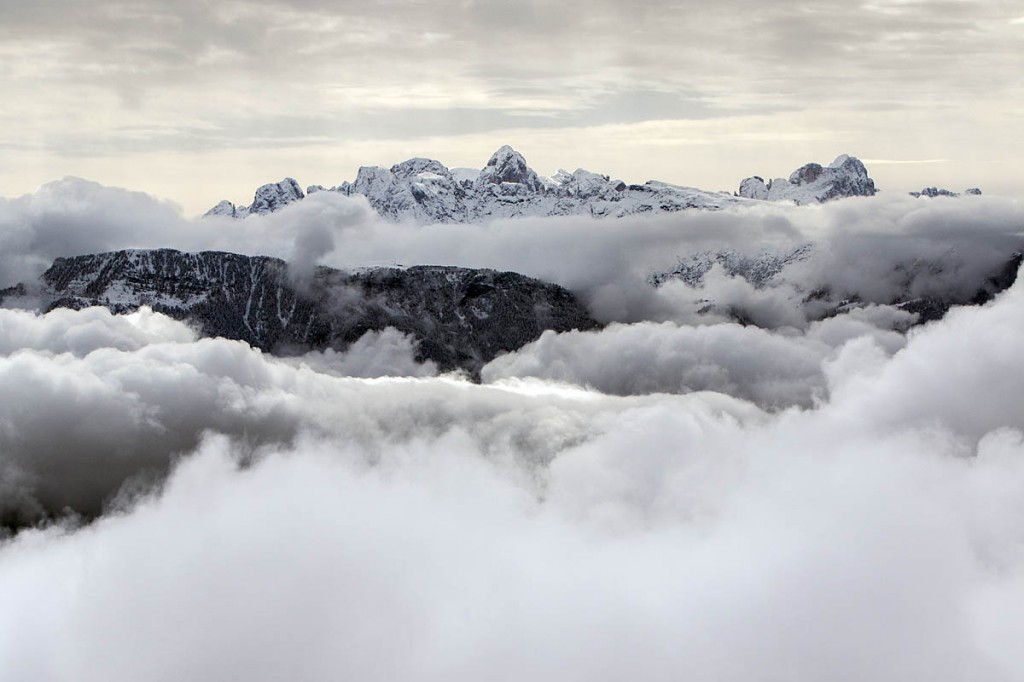
Chris Wheal
22 October 2015Gore-Tex has gone right downhill. I've had so many things leak and they have replaced or refunded, but they take ages. A pair of Mountain Equipment trousers that Gore-tex made them replace last year because they leaked are leaking again but now Gore-tex is not even answering emails.
The decline started with those silly "zips" they insisted be put on Gore-tex motorcycle clothing. Nothing I have owned in Gore-tex Active has stayed waterproof for a year, despite regular washing in Ninwax.
I have had four pairs of boots replaced, a pair of gloves and a pair of over trousers. I have had refunds for two jackets. And each time their returns process is incredibly lengthy and they're customer service dire. Be wary about recommending anything by Gore-Tex.
Ste
22 October 2015It'll still leak and you'll still sweat your nads off if you're working hard.
Yet again Gore Tex gets reinvented.
Sorry, just getting cynical about all these fabrics that never seem to work as advertised in real life.